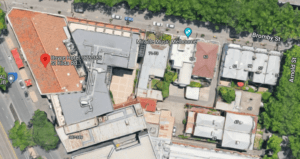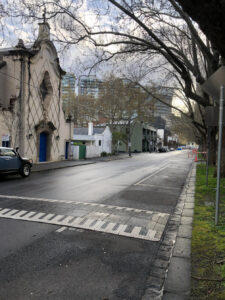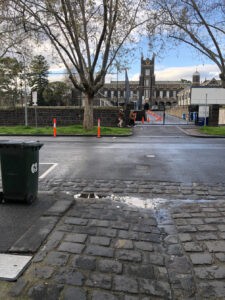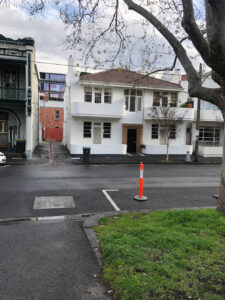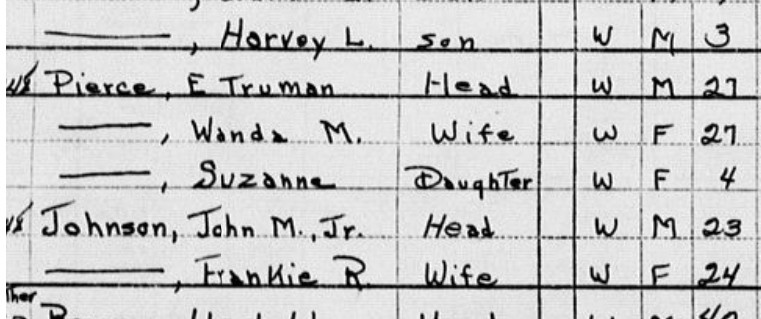I’ve mentioned Nicolas Fabri de Peiresc on Cipher Mysteries in the past, though mostly in connection with his extensive “Republic of Letters” correspondence, thought to contain somewhere between 10,000 and 14,000 letters. This was because, around 2008, I spent some time wondering whether there might be (hitherto unnoticed) mentions of the Voynich Manuscript in European scientific correspondence networks. A recent email from Diane O’Donovan brought Peiresc back to the front of my mind.
As far as the timing of the Voynich Manuscript’s possible (but sadly not yet certain) sale to Emperor Rudolf II, I’ve long felt it must have happened after 1600 (because there was no mention in Thaddaeus Hagecius ab Hayek’s letters), before 1612 (when Rudolf died), and probably before 1610 (roughly when Rudolf’s brother Matthias took control). If I had to pick a single year, I’d pick 1609, but that’s ultimately no more than an educated guess (yes, the same one that once hurled me down a Rosicrucian rabbit-hole).
Peiresc was a very early telescope owner (in 1610), and probably the first to observe the Orion Nebula (though he didn’t actually stake a claim to this discovery at the time): so was certainly active at the right sort of time. There’s an accessible description of Peiresc’s astronomical activities in Seymour L. Chapin’s “The Astronomical Activities of Nicolas Claude Fabri de Peiresc”, Isis, Vol. 48, No. 1 (Mar., 1957), pp. 13-29, (on JSTOR), through which we can see his wide scientific-minded range of astronomical interests, such as tracking the Jovian moons, producing a detailed engraving of the Moon’s surface, and in using eclipses to determine longitudinal differences.
Peiresc’s Letters
As Hatch points out, Peiresc’s letters are strongly centred on a small number of key correspondents in Paris and Rome: and so its 10,000+ corpus size is perhaps a little bit flattering as to the broader range of his correspondents. Yet he plainly did correspond with astronomers (later in life, he stood up very strongly for Galileo, for example), and so it is far from impossible that there might well be a passing mention of the Voynich Manuscript there.
Unfortunately, I have yet to find an online list of Peiresc’s correspondents (I did see a somewhat unhelpful map that vaguely implied that some were in Prague, or at least Bohemia), so unfortunately I can’t easily compile a list of Peiresc’s astronomy-related letters, as I had initially hoped to do. (Indeed, the intersection of ‘astronomy’ & ‘Prague’ would probably yield a very short list of letters to examine).
Note that Hatch’s chapter “Peiresc As Correspondent: The Republic of Letters & the “Geography of Ideas“” (in Science Unbound, Chapter 2, ed. B. Dolan, Umeå, 1998) seems like it could be promising in this regard, but I haven’t yet seen it.
Peiresc’s Papers
Yet Peiresc had another legacy: his papers. Though he published almost nothing in his lifetime, he constantly made notes on everything he heard and read: and these papers comprised around 60,000 pages at his death, which Gassendi then assiduously ground his way through for two years (to write Peiresc’s biography).
Yet it seems to me that articles on Peiresc tend to be written by people who have carefully selected an achievable thematic subset (e.g. Rubens, astronomy, etc) of his letters to work with (though I don’t believe that his letters have all been published yet) – almost none seems to be informed by his papers.
Might there be some Voynich Manuscript mention in Peiresc’s papers? I don’t know how well these have been indexed (has there ever been an index?), and this post is merely a brief research note – so please let me know if you have a good (probably French!) source describing the contents of Peiresc’s papers!


